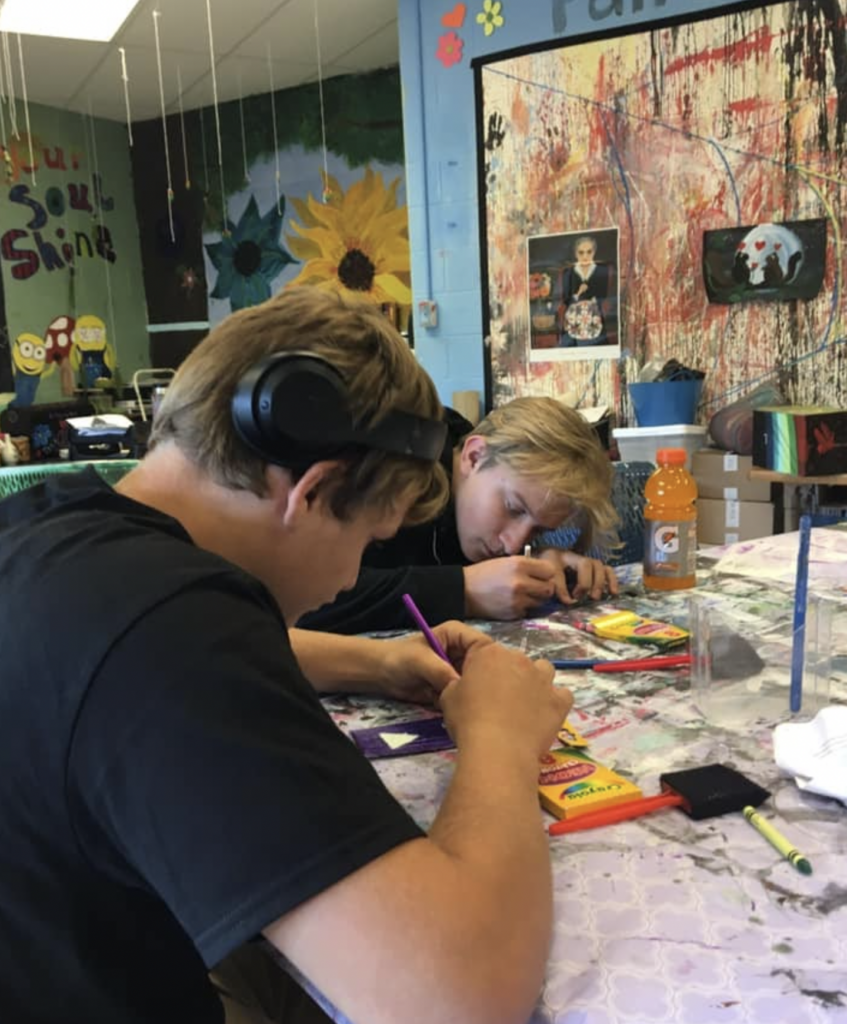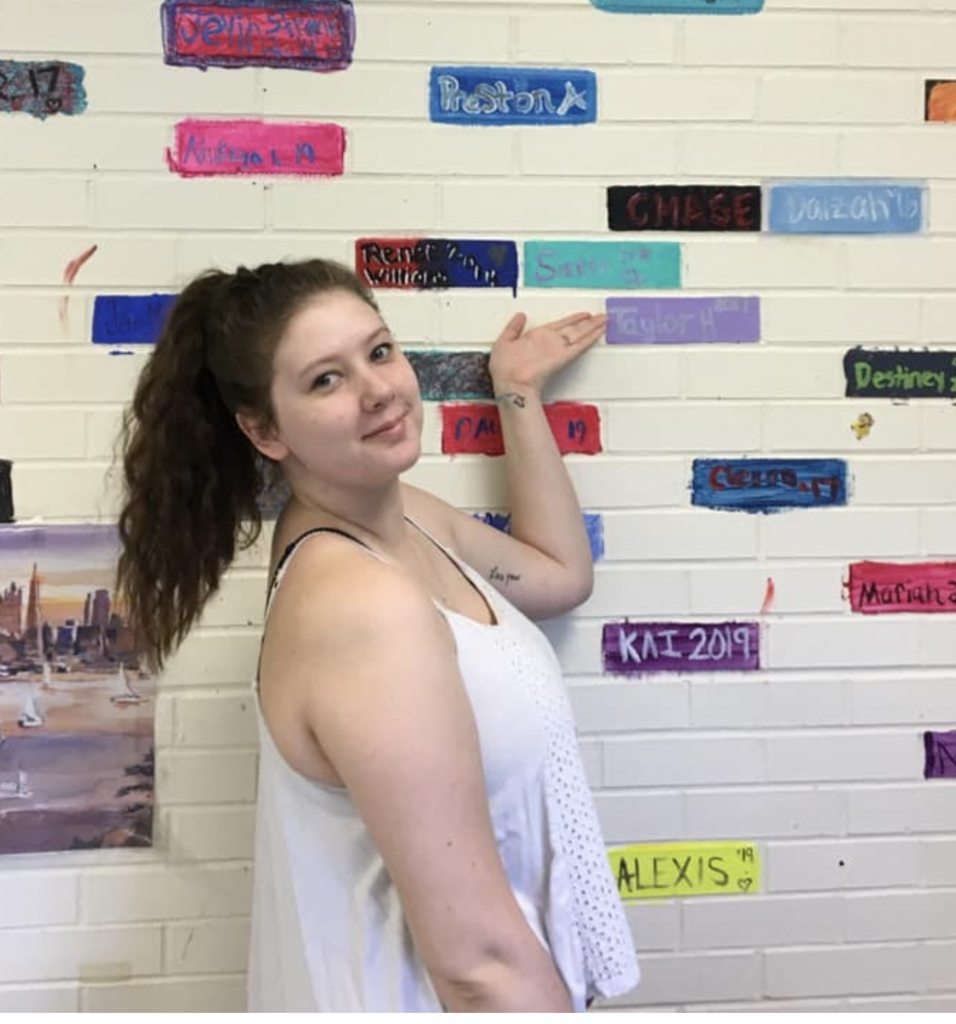
How We Help Students Develop Emotional Intelligence
Visit our introduction to emotional intelligence with Goleman’s Theory of Emotional Intelligence.
Those with high emotional intelligence use a large array of information to guide their thinking and behavior. They can easily adjust their emotions to adapt to their environments when to achieve certain goals.
Having a heightened awareness of others’ emotions, as well as being aware of their own feelings, gives the individual an advantage when working in a group. For teachers, for example, it allows them to gauge a student’s mood and permits the instructor to carefully examine the classroom climate. Assessing the emotional elements in any situation, whether it is positive or negative, will help keep the students engage.
Managing a student’s emotional intelligence allows for greater outcomes. Teachers read their student’s emotional states, understand their reactions and stress levels to create a harmonic classroom environment.
So how do we at FDA help improve the emotional intelligence of our students?
5 Methods For Building Emotional Intelligence

Developing Social Skills Among Students
The interaction among peers helps students to develop social skills and it influences their behavior towards each other. Social interactions among them will depend on their adjustments and adaptation to such behaviors because they were brought up under different norms and family settings.
Research has also shown that children that lack social skills tend to develop future problems in communication and conflict resolution. The social skills enable them to communicate and relate properly, and these are important irrespective of their socioeconomic background. Poorly developed social skills could result in isolation and frustration of students.
The parents and teachers should both be involved in teaching social skills and this can further intrigue their interests in school activities and improve their academics, habits, and communication.
Adoption of Teaching Styles that Encourages Team Work
The social and emotional skills displayed by teachers when they coordinate classes influence the emotional intelligence of students. The adoption of strategies that would make them act well towards each other without any strive must be encouraged.
The teachers must also learn how to control their emotions and feelings during class sections so that they would not react to sudden impulses. The learning activities in the class should also generate intellectual growth that would encourage the students to collaborate with each other and express themselves freely.
Such learning strategies should be geared towards enhancing positive emotions that would help the students to understand the learning objectives.
Creating a Supportive School Policy

Schools should develop supportive school environment policies that will allow each student to identify individual strengths and weaknesses. Through this strategy, individual needs would be met and it will create avenues for students to help each other whenever the need arises.
As such, a wide range of social interaction sense of belonging will be encouraged among the students as well as their teachers because the environment is supportive.
Reducing Students’ Confrontation
A confrontation between teachers and students causes psychological stress to the involved student and the other colleagues. Such confrontations may arise because of a lack of empathy from the teacher and it may also result in misinterpretation of the teacher’s intentions.
A non-confrontational correction style should be adopted. It enhances the memory of the students because there is a balance between learning and the display of emotions.
Enforcing Productive Behavior
On-task behavior helps the student to follow the clear rules and regulations that govern their daily activities. The proper designation of specific daily tasks encourages the student to do self-evaluation based on the prepared guidelines.
It also helps the students to know if their needs have been met. If otherwise, they can request support from their teachers. However, the teacher should be welcoming, and threatening questions should be avoided.The teacher should also follow up with the students even when additional support is not requested. Together with the student, the performance, strengths, and weaknesses should be reviewed, thereby providing a proactive learning environment to the student.



